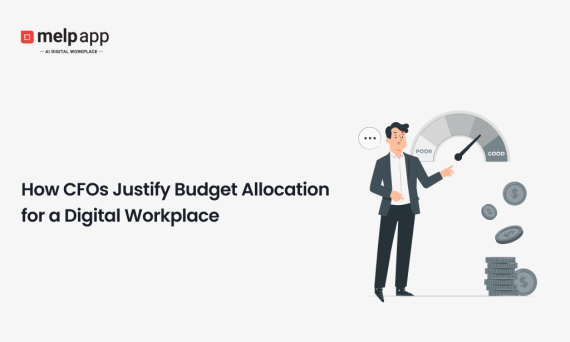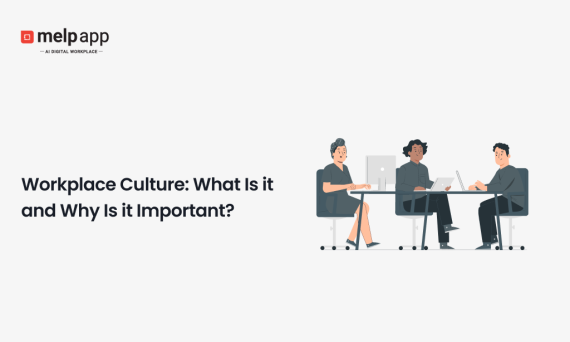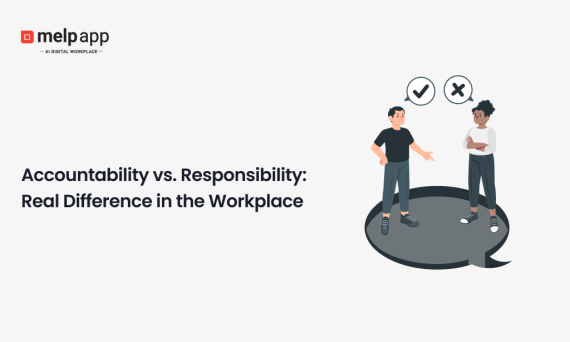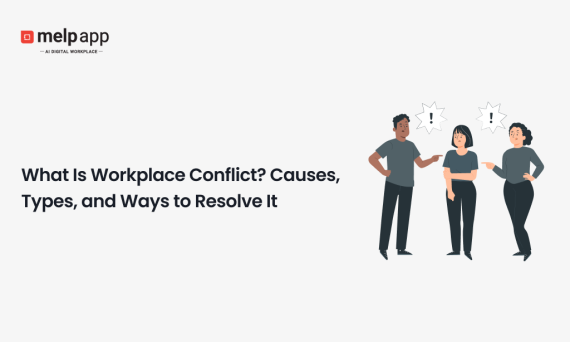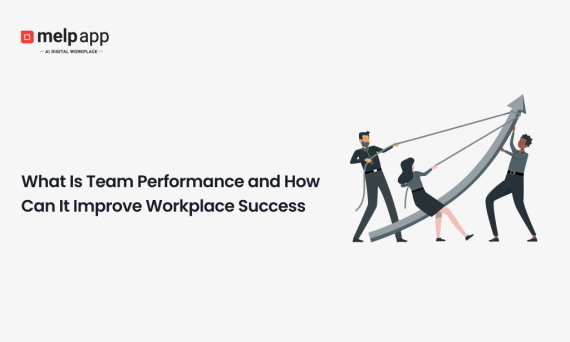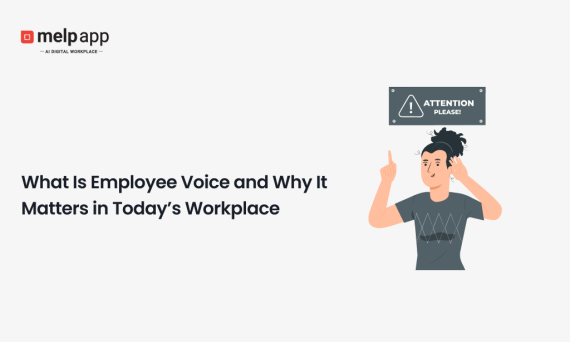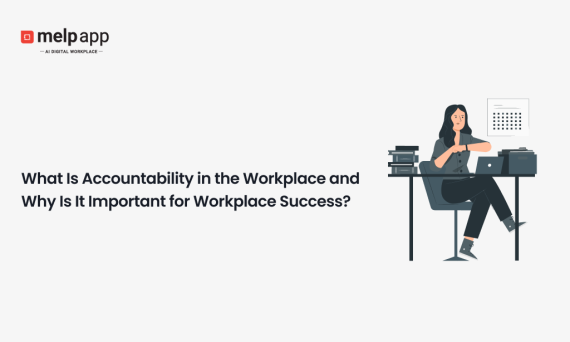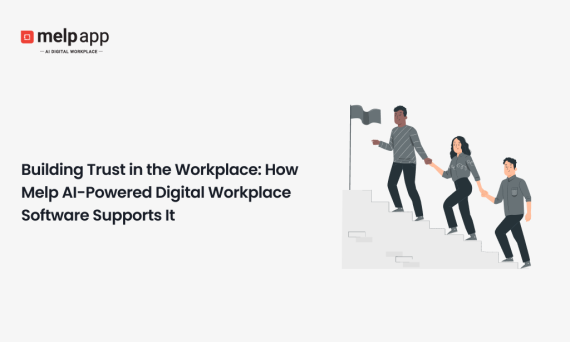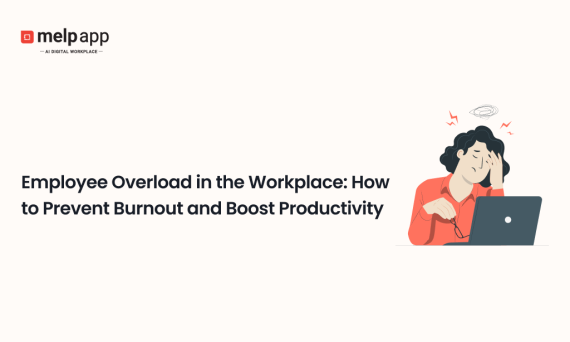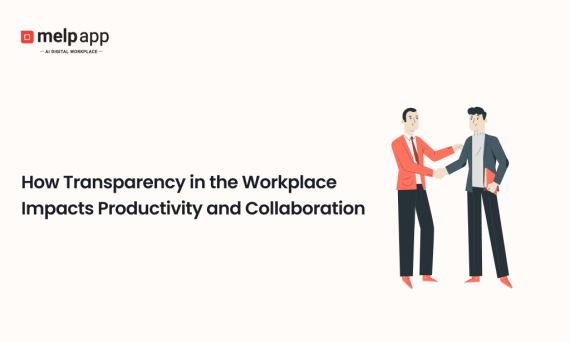Leadership, Management, and Culture
Every CFO knows budgets are stories told with numbers. When the story is about investing in a digital workplace, the plot needs clear characters: measurable savings, credible pilots, and a path from cost to value that a board can endorse. This is not an IT wish list. It is a financial case that ties investments
Read More
Workplace culture isn’t just a nice-to-have — it’s the set of daily behaviors that determine how teams communicate, collaborate, and perform. When culture is healthy, employees feel connected, engagement improves, and productivity follows. Here we’ll define workplace culture clearly, explore its business impact, and show how Melp AI Digital Workplace supports the day-to-day practices that
Read More
When people talk about roles at work, the words accountability and responsibility often get mixed up. They sound similar, but in practice, they mean different things and affect how teams perform. The idea of accountability vs. responsibility in the workplace is about more than just doing tasks. It is about knowing who is expected to
Read More
Workplaces are filled with people with diverse personalities, habits, and opinions. Put them together, and it is only a matter of time before disagreements show up. Conflict at work can feel uncomfortable, but it is not always bad. Sometimes, it forces teams to talk through issues, find better ways to work, and even come up
Read More
Work today moves fast. Sometimes too fast. No one person can really keep up with it all, no matter how skilled they are. You can be talented, smart, experienced, and still feel stuck if you’re working alone. The truth is, real results happen when people lean on each other and pull in the same direction.
Read More
These days, a company can’t run well if it doesn’t pay attention to its people. When employee voices are ignored, teamwork weakens, ideas dry up, and people quietly start looking for other opportunities. The concept of employee voice is simple. It means giving people space to speak their mind—whether it’s a clever idea, a small
Read More
Accountability is one of those things at work that you instantly notice when it’s present, and even more when it’s missing. It goes beyond finishing a task or reporting back to a manager. It is about owning responsibilities, following through on commitments, and showing others they can count on you. Whether it’s a large company
Read More
Trust is the base of every workplace that actually works well. When people feel they can rely on their manager, their teammates, and even the tools they use every day, things move faster. Work feels smoother, performance goes up, and new ideas get shared more often. But if trust is missing, it doesn’t matter how
Read More
Employee overload is one of the most widespread, yet often unnoticed, problems in today’s workplaces. It shows up when people are asked to juggle more than they can realistically manage, leaving an impact not just on productivity, but also on job satisfaction and overall well‑being. It isn’t simply a matter of a long to‑do list.
Read More
When employees are left out of important information, they quickly feel frustrated. Creating a workplace where people feel informed, connected, and trusted relies on Transparency in the Workplace. Sharing updates openly ensures everyone understands what is happening, allows teams to work together smoothly, and keeps employees focused on their tasks. Being transparent is not just
Read More
